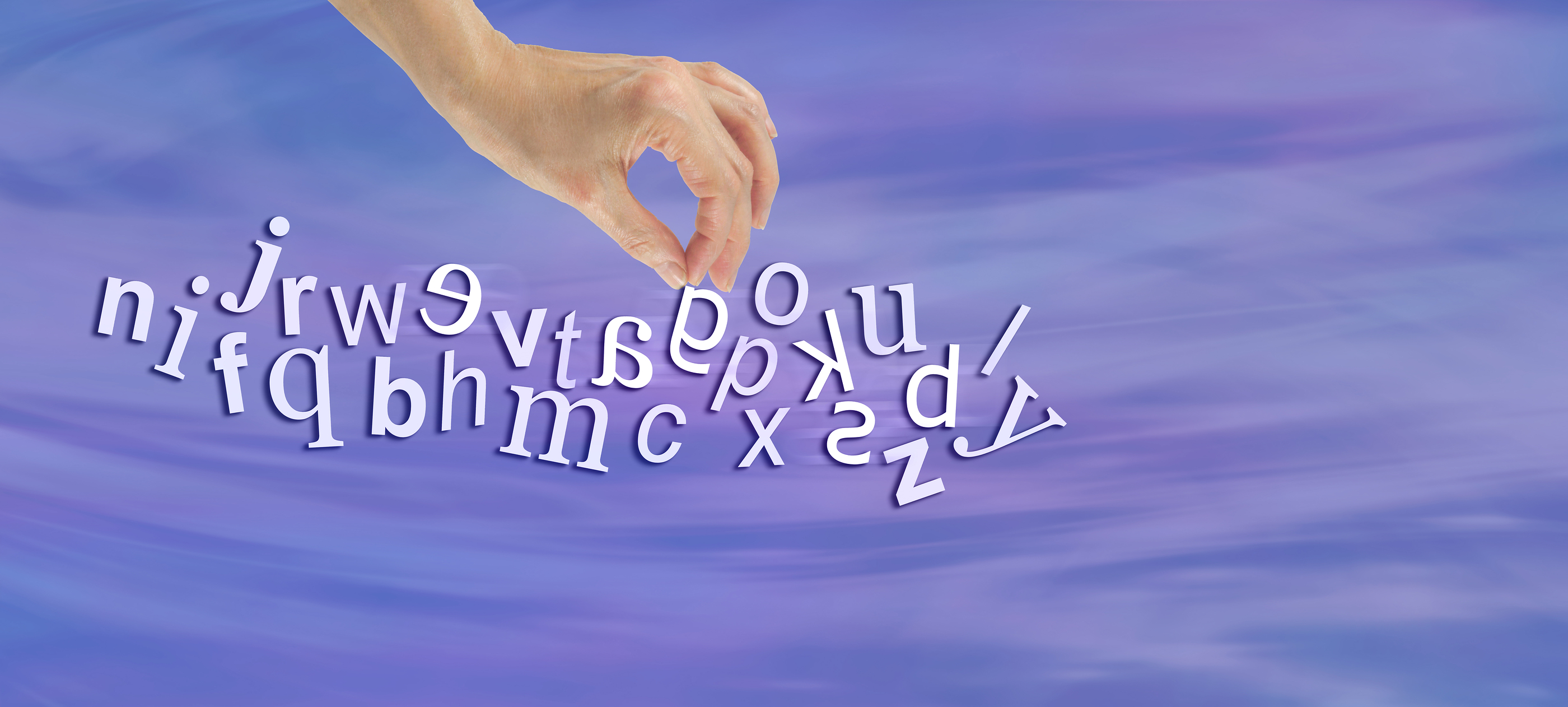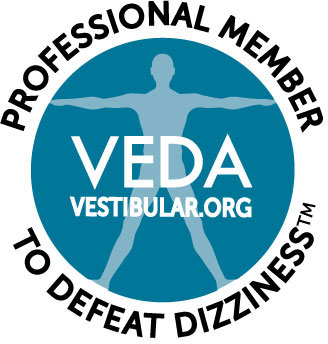Many people miss the link between a properly working visual processing system and the ability to read and comprehend text. Seeing text clearly is only the first step in the reading comprehension process. In order to process and understand the meaning of the text, our brains must be able to properly take in visual information.

When we read, we depend on strong oculomotor control and the coordination of our eye muscles to decode text into mental images to which we assign specific meanings. We then retain those images and use them to recall and categorize information for future use. Remembering, recognizing and applying the information we’ve taken in is essential in reading comprehension, and we need a healthy, efficient vision system to do so. Below are a few of the specific ways in which our visual processing can affect reading comprehension.
- Visual memory – Visual memory refers to the ability to recall information that you have taken in. In order to recognize and remember words from a page, and recall them from one day to the next, we must create an image in our minds of that word or group of words and recall the information as needed.
- Visualization – In order to process and recall information for reading comprehension, we must be able to create a mental image of the text in our minds. Efficient visual processing allows us to literally “see” what someone or something means.
- Visual sequential memory – This refers to our ability to remember the correct sequence of letters, words or story narrative. Maintaining the proper order of this information in our minds is critical to reading comprehension.
If someone has a visual processing problem, he or she may experience difficulties moving and coordinating the eye muscles properly. Poor eye tracking can result in an inability to process information visually in his or her brain, and reading comprehension suffers as a result.
Is it Adult ADHD or a Visual Processing Problem?
Like children with ADHD, adults with a vision disorder may experience distractibility, trouble concentrating, and problems with executive functioning (i.e. prioritizing tasks, managing frustration, staying organized and controlling anger). New research suggests that adults who have been previously diagnosed with ADHD may, in fact, be struggling with visual processing problems.
One such visual processing problem that may be mistaken for ADHD is convergence insufficiency (CI). People with CI have difficulty focusing the eyes at near distances or changing focus quickly between near and far distances. If someone has CI, he or she may read very slowly and eventually avoid reading altogether. This can lead to distractibility and lack of concentration, two symptoms commonly attributed to ADHD. Other vision problems, such as eye strain, headaches and visual attention issues, can lead to procrastination and poor performance at work.
If you’ve been prescribed medication for ADHD but your condition hasn’t improved, you may be experiencing visual processing problems. Fortunately, custom visual orthotic devices are very effective in treating common vision problems mistaken for ADHD, such as dizziness, double vision and avoidance of reading.
If you suspect your reading comprehension problems may be due to visual processing problems, it’s time for a comprehensive neurovisual evaluation. Contact the Neuro Visual Center of New York at (516) 224-4888 for more information about binocular vision dysfunction.





